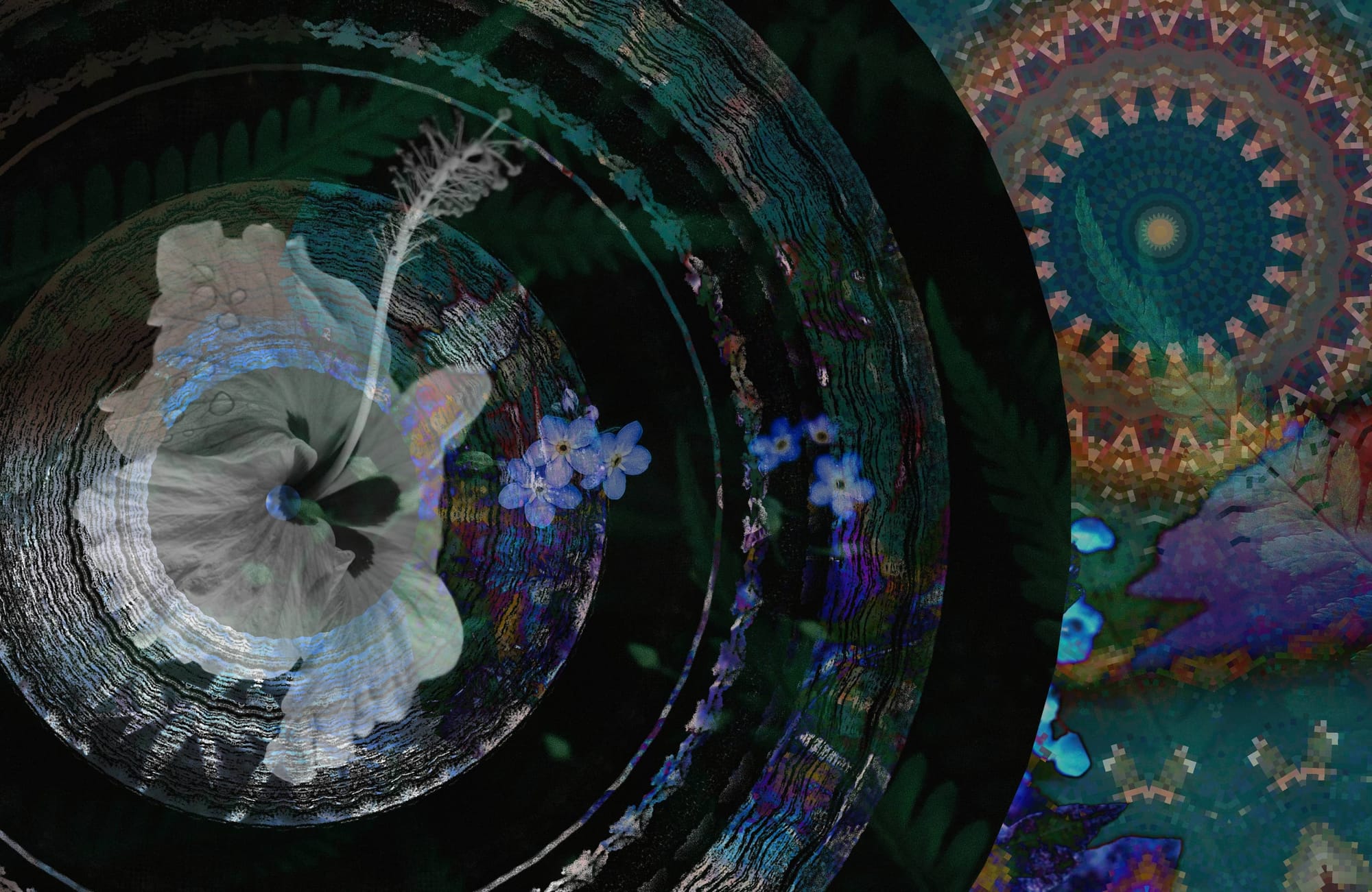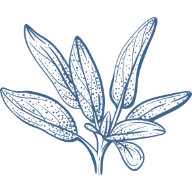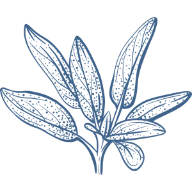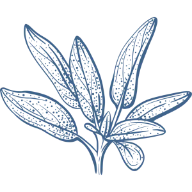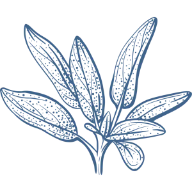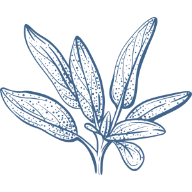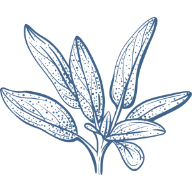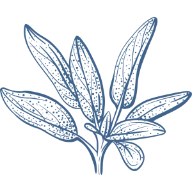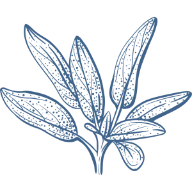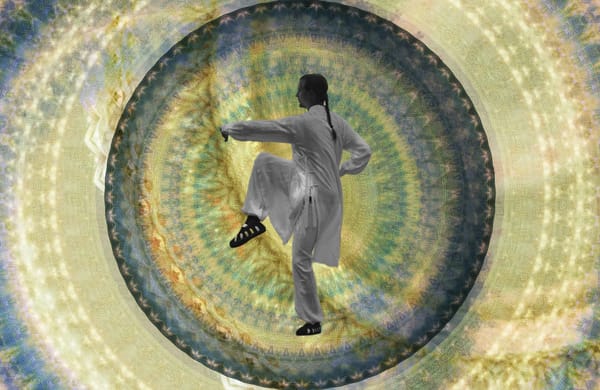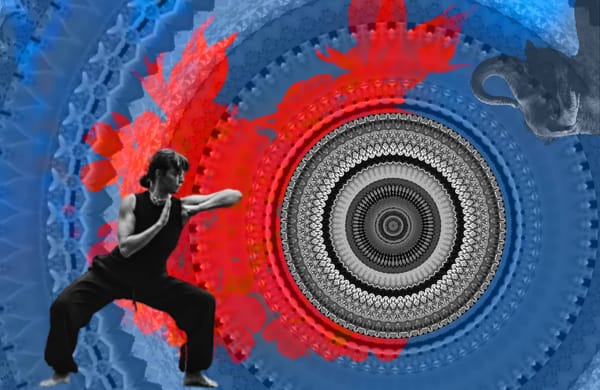The Starting Guide for Taijiquan
Looking to start learning Taiji? Our official guide is designed for beginners and advanced practitioners.
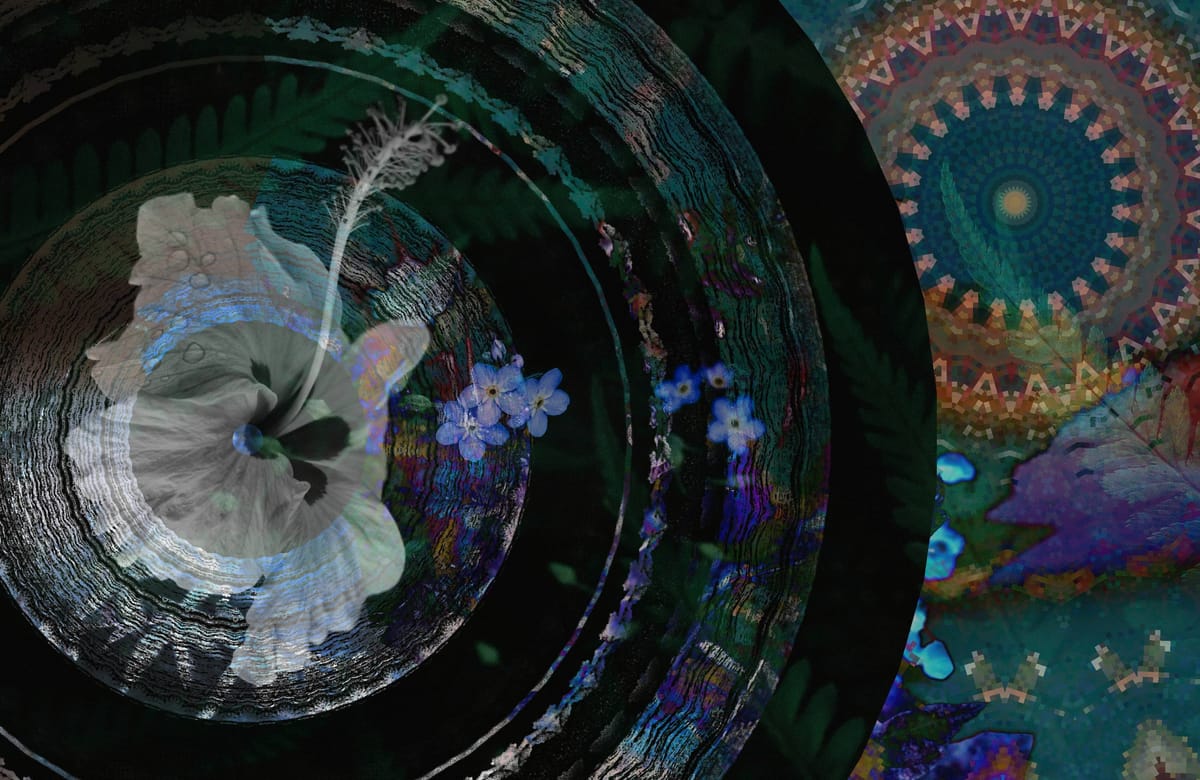
When we combine Qi Gong, Gong Fu, and Tai Ji, we can think of Qi Gong as the fuel, Gong Fu as the engine, and Tai Ji as the driver. Practising and integrating all three disciplines into our daily routines and lifestyle allows us to experience the wide spectrum of benefits from internal cultivation fully.
Taiji must be well-structured when learning; otherwise, the coordination and connection between body and mind will always be behind. Our Taiji System is built on solid cornerstones that form the foundation of our practice:
Taiji connects the following:
- Coordination (body)
- Focus (mind)
- Intention (energy)
- Emotion (feeling)
This will give you an idea of how everything in Taiji is connected. One part cannot work without the others; if one is missing, the rest cannot improve.
By the way ....
... since we are redesigning our website, we have opened the founder plan again, which runs -60% off the regular Scholar plan.
What is the goal?
Taiji's goal is to stop thinking and enter a meditative state called Wuji. Wuji means being truly empty, so it goes beyond just regular meditation.
It can also complicate things and make a teacher seem wiser and more important by saying we're doing "Wuji" instead of just meditating. But if we simply say, "We meditate while thinking of nothing and letting our subconscious take over," then yes, that’s the Wuji state.
How can we differentiate focus from emotion?
On the surface, we have body and mind; to properly control the body, we need focus. There's a difference between being emotionally driven and truly focused. In the past, people would endure challenging stances, like standing on one leg on a cliff, to strengthen or test their focus. Those led by emotion often don’t reflect on their actions and tend to stay in their comfort zone. It's like a computer: we need good programming skills (focus) to create healthy software. Once we’re in tune with our true will, our body will follow naturally and won’t conflict with our mind.
How to meditate and focus at the same time?
Focus doesn't mean we think about something. It also means we enter a state of awareness that isn't emotional but can interact with our emotions. So, meditation and focus can be subconscious. Think about our environment, like a video game where the character enters a map and can move around in it. With practice, we learn to expand this map quickly. Nature is our environment (also our nature), and even if our surroundings are man-made, the true nature of things can’t be hidden. For beginners, being in true nature, like a forest, can help to understand this more clearly.
Moving with Energy
This is our basic step, with hand movements going up and down. Here, we learn how Taiji becomes three-dimensional. We should be able to meditate freely, moving forward and backwards while keeping the body aligned.

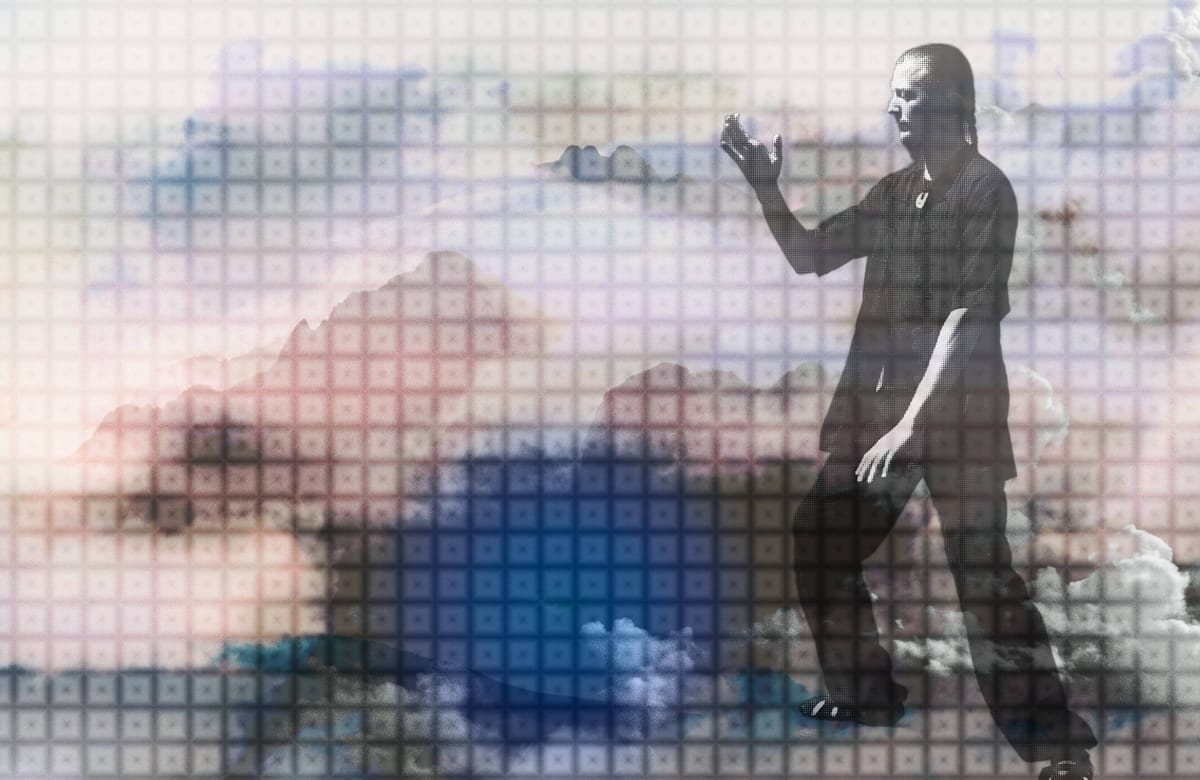
Access it all!
The Founder plan is the same as the Scholar, just at a really reduced rate!
Manipulating Energy
These movements work with your opponents or, more accurately, with incoming forces. The practitioner needs to be on the receiving end and use the power of the situation. Horse Mane is about evading, countering, and overcoming a stronger force, while Brushing Knee is about moving something heavy efficiently.


Generating Impulses
These three movements have one thing in common: by using our rooting and spiral dynamics, we direct an impulse to our hand for combat use. They also share the fact that they can be done quickly to test their effectiveness.
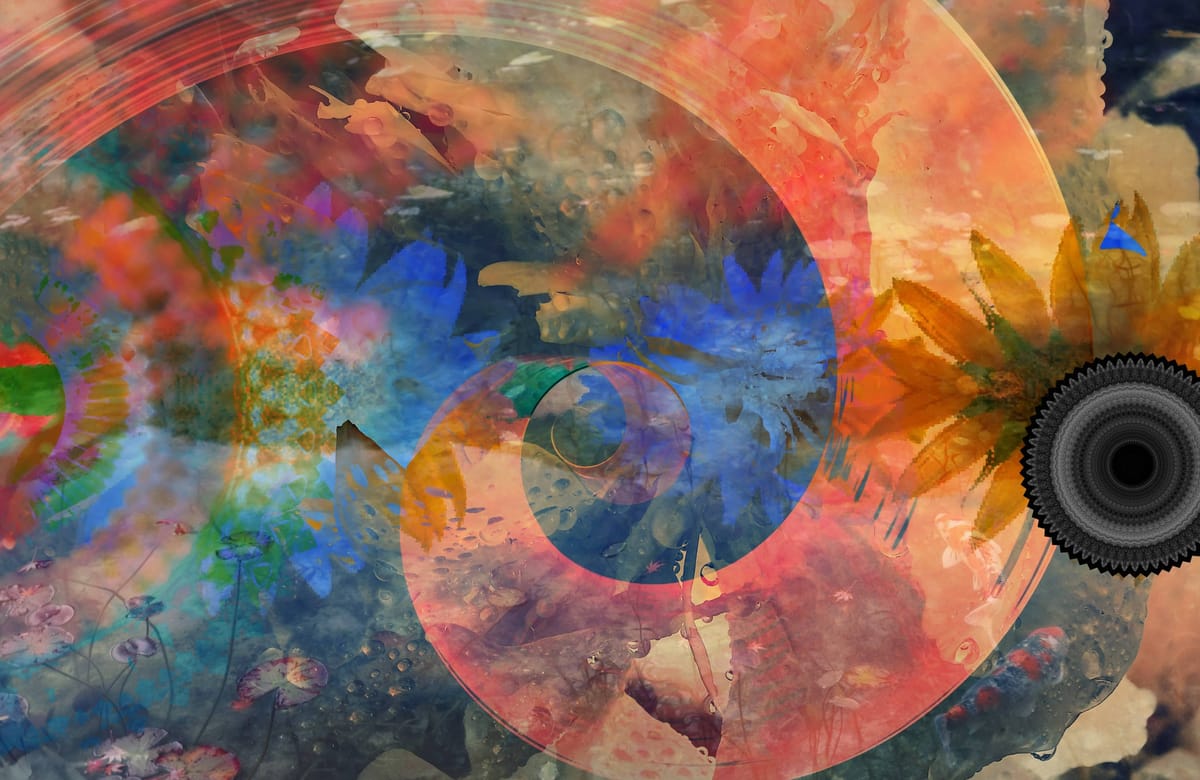
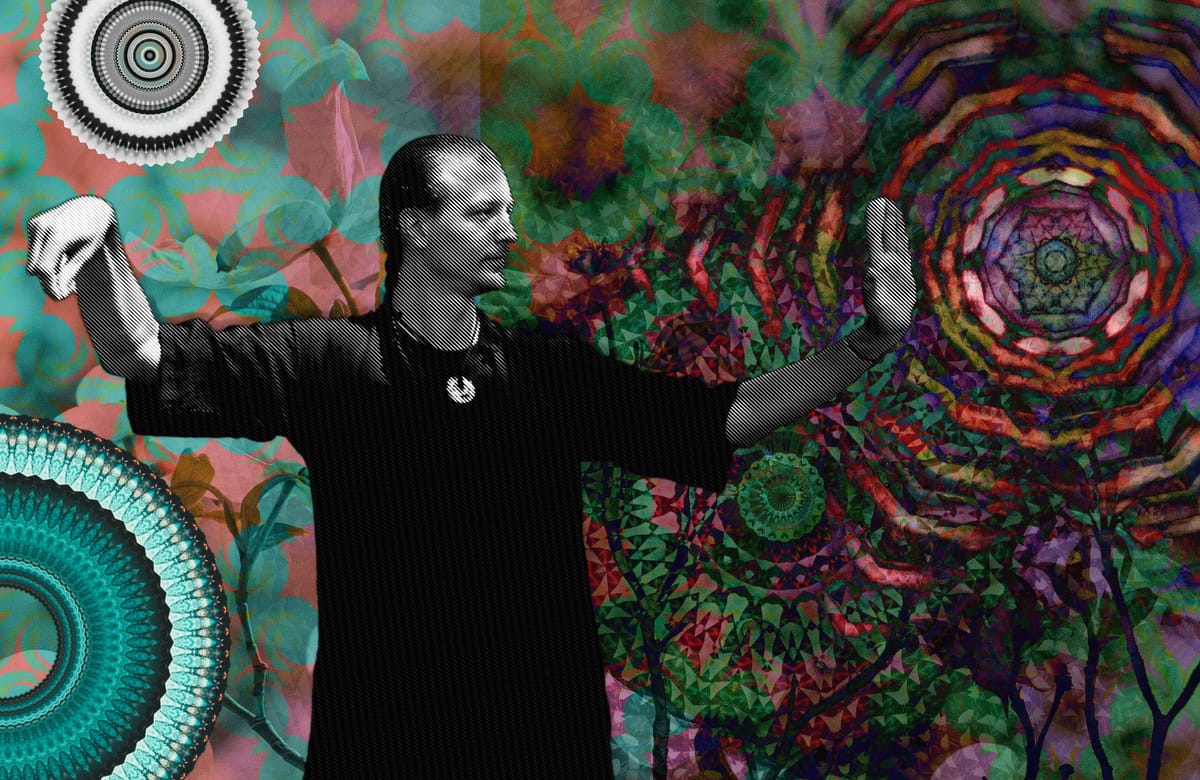
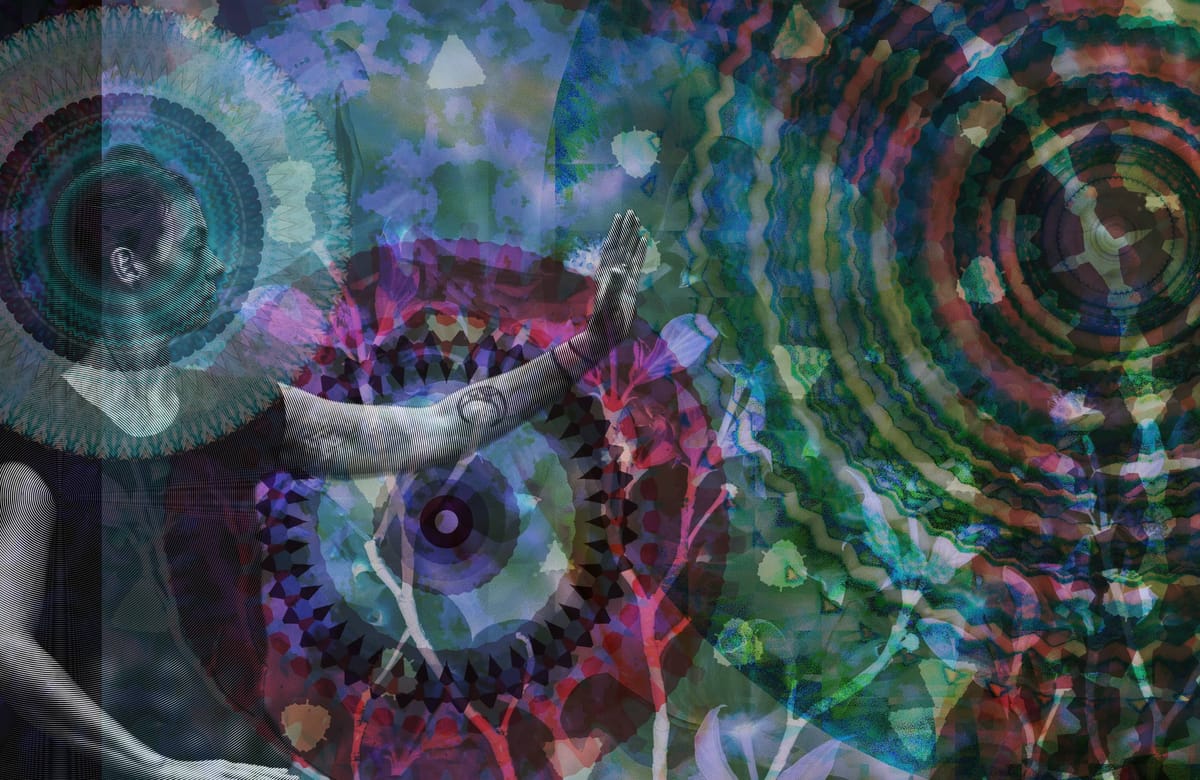
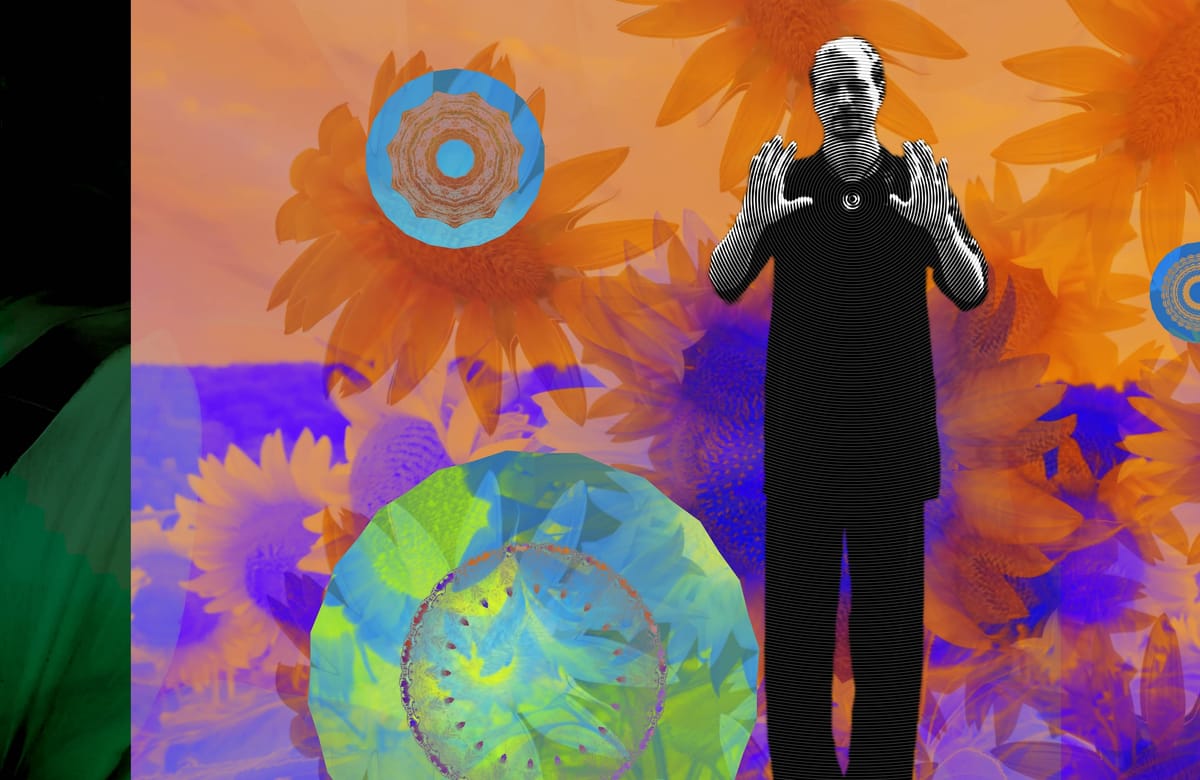
It is not forever....
We will close our early member Founder plan as soon as we are done with redesigning Sage Blue

